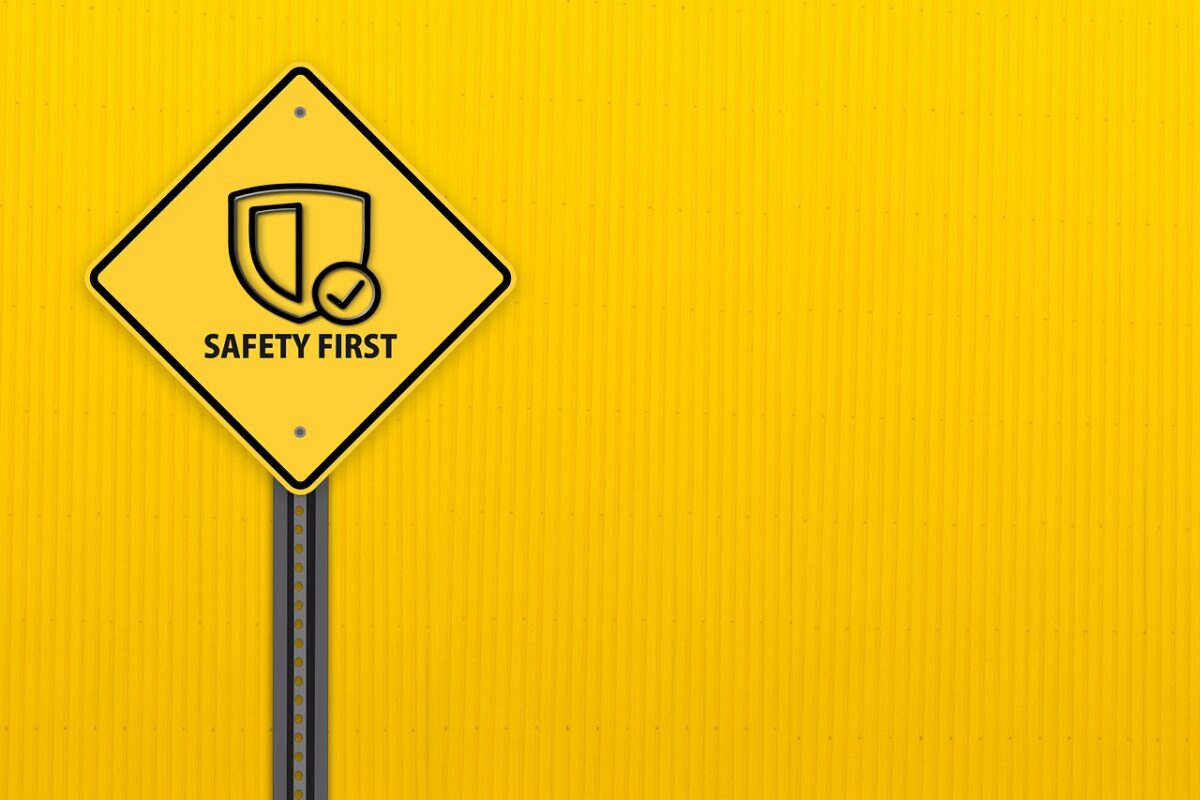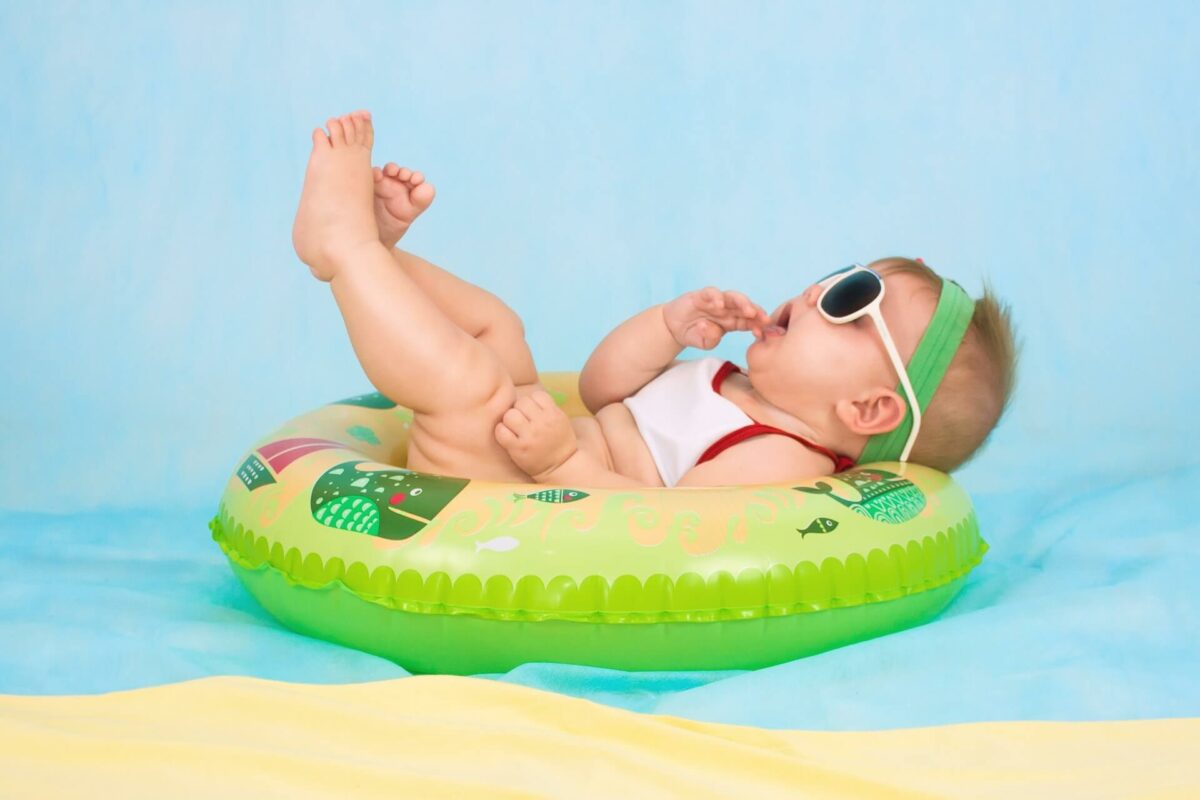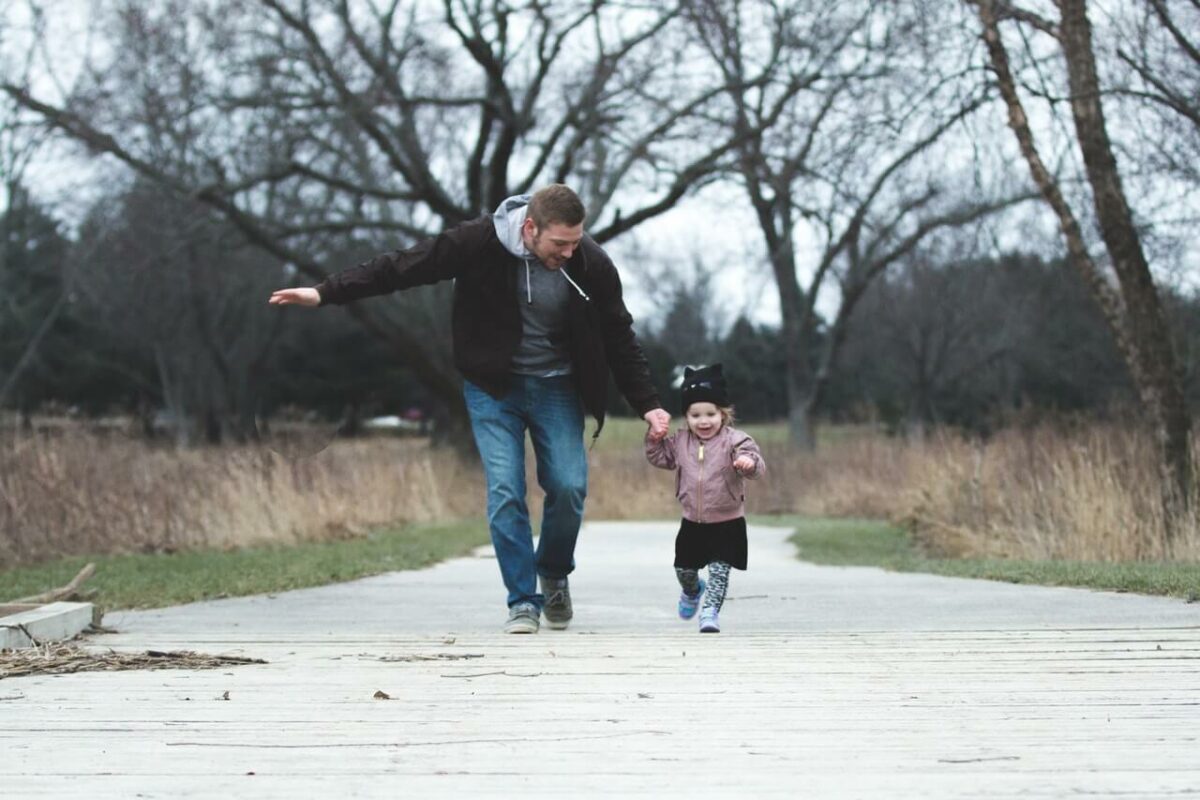Defensive Driving and Keeping it Between the Lines
Modernity has given us planes, trains, and automobiles. Perhaps the most convenient mode of conveyance today is the automobile.
Cars, trucks, vans, busses, and RVs—whatever characterizes your motorized transportation, there’s a lot to recommend driving. You can travel the country, stop when you need to, explore the sights, and put everything on your schedule.

But driving, straightforward as it is, definitely isn’t without its dangers. Every year, tens of thousands die on America’s highways. The number tends to fluctuate between 30k and 60k, depending on the year and how the numbers are collected.

True, many of those fatalities have to do with using controlled substances while driving. Don’t do that, and you’ll avoid most of the danger. However, there are also deer, there are poorly maintained roads to consider, sometimes motorists who are tired or in a hurry pose severe danger, and vehicular issues can cause a wreck as well.

If you’re going to be safe on the road, there are a few things you need to think about. Planning in advance, driving defensively, and retaining sobriety are some good tips. We’ll cover a few more here.
Tip 1: A Defensive Driving Approach
Most of us learned to drive many years ago, and we may think we know everything there is to know. The truth is, the world of driving is constantly changing, especially when it comes to in-car technology. Features like lane departure warnings and adaptive cruise control can help us on the road, but they can’t replace the driver.
Keep yourself safe behind the wheel by staying alert and driving defensively, and never relying solely on technology to help you. A good defensive driving strategy is to practice I.P.D.E. (Identify, Predict, Decide and Execute).
This means you are actively searching for any potential hazards that may cross your path— is that pedestrian whose attention is occupied by their cell phone about to step into the street in front of you? Is that car that’s parked along the curb about to pull out? Once you identify any potential hazards, you can predict what they might do and decide how to handle the potential hazard before it becomes a real hazard.
Then, execute your decision. You might slow down and cover your brake for instance, or give your car horn a friendly tap to alert the pedestrian or parked driver of your presence. Staying alert and being an active driver rather than passively relying on technology will keep you and your loved ones safer on the road. To learn more defensive driving tips, check out Safe2Drive’s blog or sign up for a course.

Tip 2: Follow The Rules Of The Road
In our hustle-bustle world, it seems like everyone is in a hurry to get somewhere. As a result, many of us play fast and loose with traffic laws, traffic lights, and stop signs. We roll through a stop sign, shift lanes without looking, or put our foot down a little too heavy on the gas pedal. When we do, we put ourselves and others at risk of serious injury.
Often, seemingly minor or trivial violations of traffic laws or signs can have devastating consequences, particularly when you’re traveling in a vehicle weighing more than 4,000 pounds.
To help ensure that everyone comes home alive, make sure you:
- Stay within the speed limit—The posted speeds are carefully determined, based on traffic density, presence of pedestrians, and other factors. By observing posted speed limits, you’ll give yourself ample time to respond to the unexpected.
- Avoid the rolling stop—Get in the habit of gradually coming to a complete stop at a stop sign or red light. That way, you won’t accidentally pull into traffic or get rear-ended if you have to slam on the brakes at the last second.
- Keep a reasonable distance behind the driver in front of you—Tailgating is a common cause of car accidents—give yourself space to safely come to a stop.

Tip 3: Keep Your Vehicle Well-Maintained
No vehicle will last forever. The most exhaustively engineered automobile is still subject to the long-term effects of damage from bad roads. Weather events can pose a threat. If you’re driving in South Dakota in the summer, a few pheasants may jump out of a ditch and hit the grill of your vehicle; you might find feathers and other things inside your engine.
Maintenance involves washing your car at intervals. Every couple of months you want to give the vehicle a good cleaning at the car wash. It’s best to do this at least once a month, and if you want to do it once a week, that’s not a bad idea either. However, at minimum, every couple of months you want to clean your car, inside and out.
Change the oil as recommended in terms of intervals or mileage. Assure tires are at safe levels of wear and tear, rotate them as recommended. Keep an eye on internal engine components. It’s wise to review your manual to see when suggested maintenance should be done. When you notice any small issue, get it fixed right away.

Tip 4: Know The Roads As Best You Can
Are you traveling on a long trip somewhere you’ve never been? Don’t just type the address into Google, review the route beforehand and take into consideration things like topography and weather. If you’re going over the rockies, there can be some treacherous mountain passes, and your vehicle may respond differently given the altitude.
If you’re in the sweltering deserts of the American southwest, there are extreme heat waves that can likewise impact vehicular functionality. You want to have bottles of water with you at all times, assure you have roadside assistance or a tow package included with your insurance, and a spare tire.
On the other hand, if you’re heading north during the winter months, make sure that your car is equipped with all the winter essentials, such as snow tires, an ice scraper, and a chain. It is also a good idea to have rock salt and a snow shovel in your car. For best deals on winter safety equipment, try this UK supplier.
For short trips, keep in mind where traffic is locally, where there are potholes, where there are dangerous intersections, where there’s road construction, and other points of data like that. This can help you anticipate difficulties in terms of safety and vehicular functionality.

Getting To Your Destination Safely
Know the roads as best you can, keep your vehicle properly maintained, follow the rules of the road, and take a defensive driving approach. True, you can’t anticipate everything. However, if you’re prepared, you’ll be able to avoid the majority of situations that might be dangerous. It’s just like that old saying: an ounce of prevention is worth a pound of cure.





 Evie Harrison is a blogger by choice. She loves to discover the world around her. She likes to share her discoveries, experiences and express herself through her blogs
Evie Harrison is a blogger by choice. She loves to discover the world around her. She likes to share her discoveries, experiences and express herself through her blogs